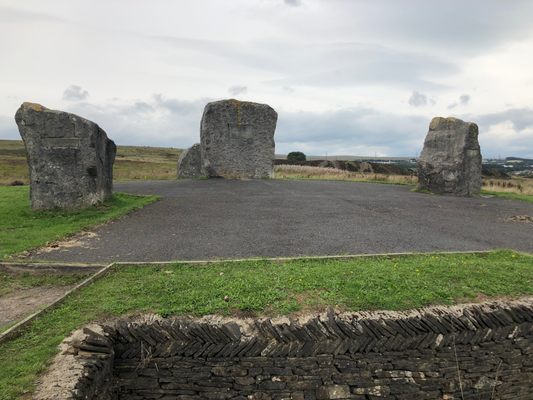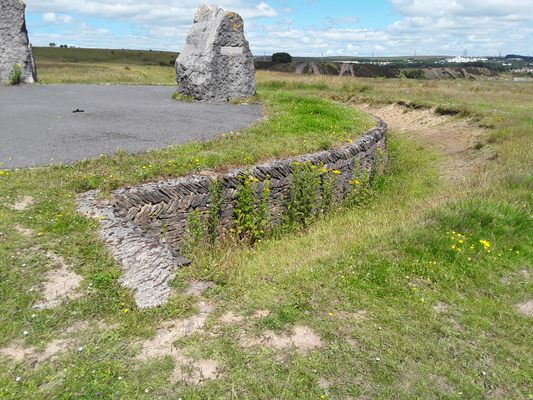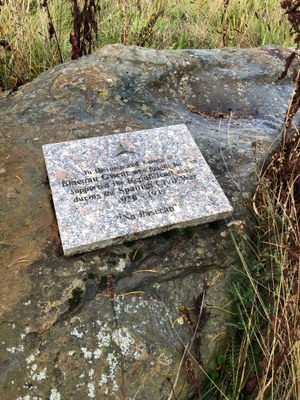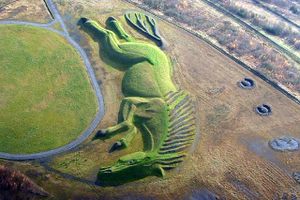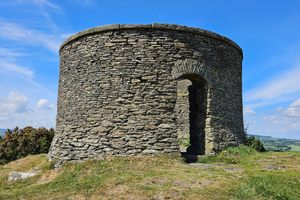About
If you ask almost any Briton what's great about their country, many will tell you it’s the much-beloved National Health Service. They may complain about specific issues, but generally it’s a matter of pride that in 1948—while still recovering from World War II—the country decided to put into effect the principle that the healthcare of the British people should be free and accessible, regardless of ability to pay.
While this idea had a long history in Britain, it was Aneurin Bevan, Minister of Health in the post-war Labour government, who was the architect of what is seen by many as the most significant social reform in British history. Bevan had to battle against opposition to the reforms by the medical profession—a profession, it must be said, which nowadays fights vehemently to oppose any threats to what they see as a fantastic institution.
Bevan served as MP for Ebbw Vale for 31 years and had a reputation as one of the best public speakers on the left of British politics. He died in 1960. He is greatly remembered for resigning his ministerial position in protest at the introduction of charges for certain health service provisions, a decision which he saw as a slippery slope to the erosion of the National Health Service's principles.
This monument in Ebbw Vale, Wales, stands at a place where the great orator, known as “Nye” to most, used to hold public meetings. It consists of four large blocks of stone, with the largest representing Nye and the others representing the three towns in his constituency. The memorial has been in place since 2002 and, in a country where standing stones have a great place as monuments, the stones are a fitting tribute to the man. Whatever your politics, his achievements have really stood the test of time as the National Health Service is now 70 years old.
Related Tags
Know Before You Go
As you enter the memorial take a look at the large, flat, stone to the right of the path which has attached a small marble slab commemorating the local people who fought on the Republican side in the Spanish Civil War.
The monument is on a rise which is accessible either by steps or a ramp that curves around them. The marble plaque is on the right-hand side of the first set of steps and is not accessible by the ramp.
Care should be taken at the monument itself as it is surrounded by unfenced drops.
Community Contributors
Added By
Published
May 8, 2018

